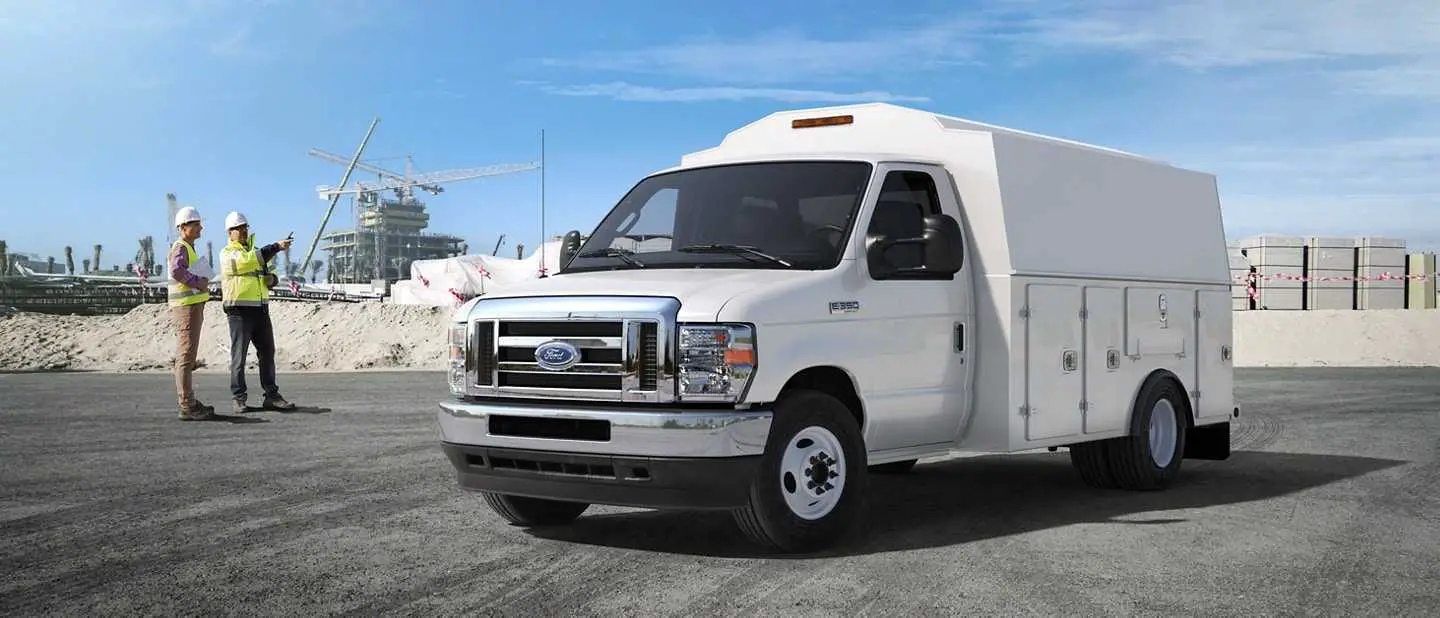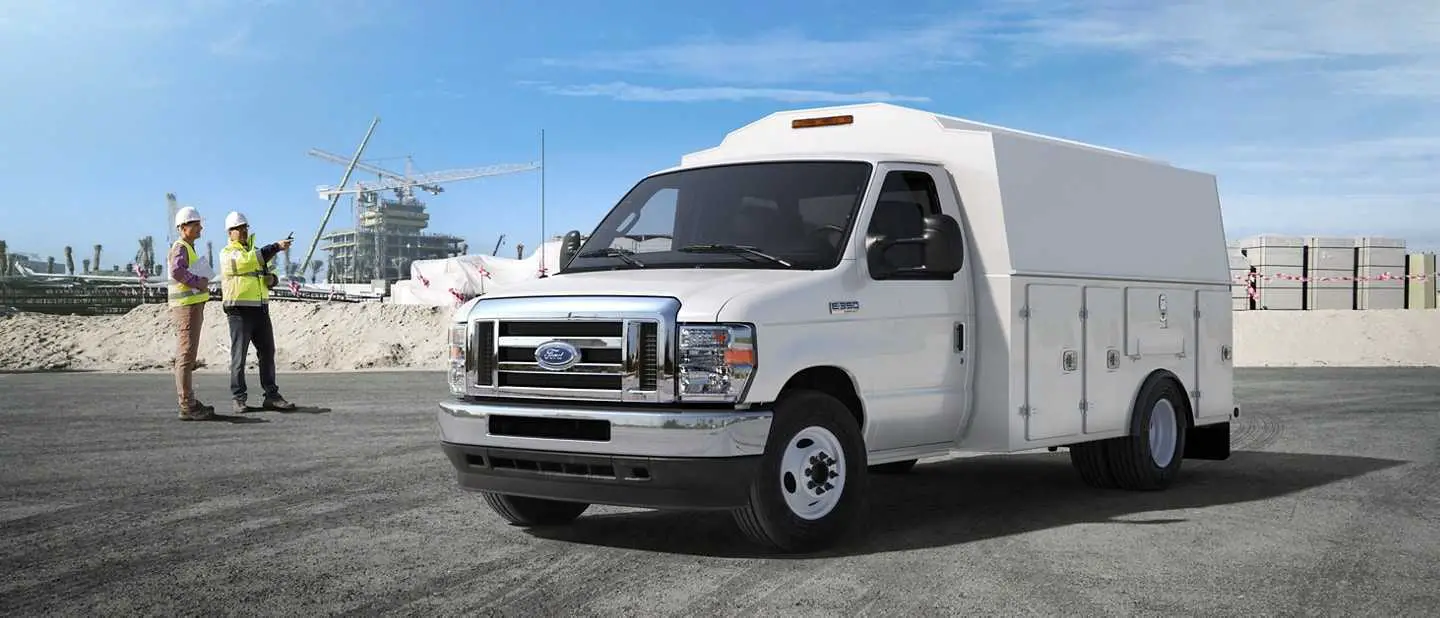2023 FORD E-350 Scheduled Maintenance User Guide The 2023 Ford E-350 stands as a symbol of Ford’s blend of durability and innovation. Proper maintenance is crucial to harness its full potential. This guide offers a comprehensive look into the E-350’s maintenance schedule and essential customer information, ensuring longevity and optimal performance. Dive in to explore […]


